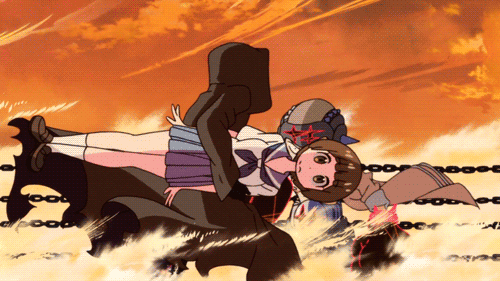zarx said:
An optical disc will be cheaper per GB than ROM for the forseeable future. The reason the markup on writable Blu-Ray discs is so high is that there is no demand for them and the dies needed for a recordable disc are more expensive than a replicated disc. The markup on a memory card can get prety slim as there is a lot of demand. And profesional disc reproduction is not done by writing each disc individually with a laser like a home recordable disc, they are actually pressed into a "mold" which is created from a glass master disc.
Even using a 4:1 ratio a 64GB card is going to cost ~$10+ today and if you want fast read times then it's going to cost more, which is why Sony used such slow cards (topping out at 7.46MB/s vs SDXC tops out at 17MB/s currently and a 2x Blu-Ray drive which is in the PS3 is 9MB/s and the fastest Blu-Ray drives offer up to 54MB/s*) for the Vita which currently top out at 4GB (will go up to 8GB in the future) for games.
*the advantage of flash memory is in almost 0 seek time not actually bandwidth
|
3DS games cost only $35-$40, and go up to 4 GB cards already.
Meanwhile, Transcend's 64GB SDXC claims 20 MB/s already. Lexar claims the same speed for their 128GB card. Sandisk claims 30 MB/s for their 64GB card. And as far as I understand it, the only limit to a card reader (other than the card itself) is the bandwidth that it connects with - USB 3.0 goes up to 5 GB/s, and they use that often with SD card readers.
So presumably, it only takes improved card technology to increase the speed of reading a card. And even the first ever SDXC card was able to operate at 400 Mbit/s, which is 50 MB/s (and that's a read/write speed - presumably, read-only would be faster), so I'm not sure where you're getting the 17 MB/s "maximum". And then there's the top-of-the-line Lexar SDXC card, 64 GB with 90 MB/s read speed. And if they're that fast now, they'll almost certainly get faster, with no need to replace reader hardware to do so. Compare with a disc reader, which is limited to the specification speed of the reader.
Also note that the 54 MB/s Blu Ray drive speed is for single-layer BluRay discs. For dual-layer, it drops to 36 MB/s, as far as I can tell. So let's compare SDHC 32 GB to BluRay 25 GB. Max read speed for Blu Ray, 54 MB/s, requiring top-of-line BluRay drive. Read speed for your typical "Class 10" SDHC card, 50 MB/s, requiring typical cheap SD card reader. Price after markup for single SDHC card, $32. Price after markup for single BluRay disc, $10. Which would suggest SDHC isn't worth it... except that you have to consider that BluRay discs aren't going to get much cheaper with time, because much of the cost comes from materials and basic manufacturing costs, whereas SDHC is mostly subject to process refinement. So in 2 years, it's likely that the SDHC card will cost more like $15, while the BluRay disc will still be something like $9. Also keep in mind that I'm quoting the official prices - you can get a Sandisk 32 GB SDHC for $15 new, already.
In the meantime, BluRay discs only really come in 25 GB increments. Most games wouldn't need so much space, really - so you could easily go with smaller cards for many games, bringing the cost down. This option really isn't available for BluRay discs, unless you go for DVD... which means a significantly different fabrication process.



















































